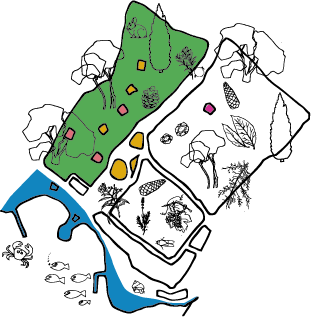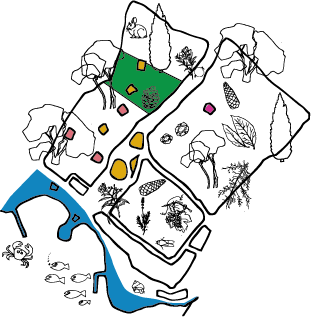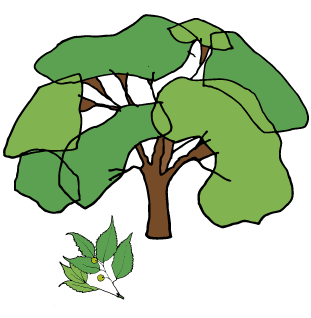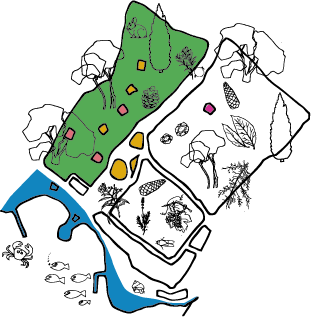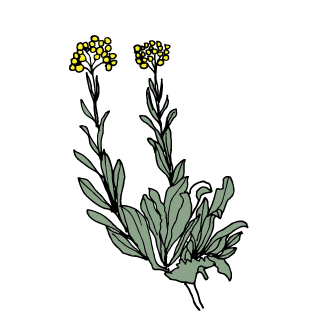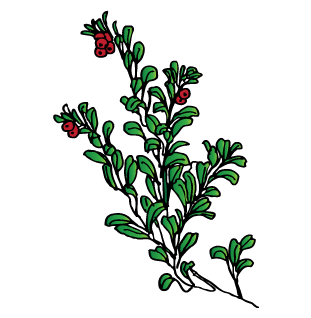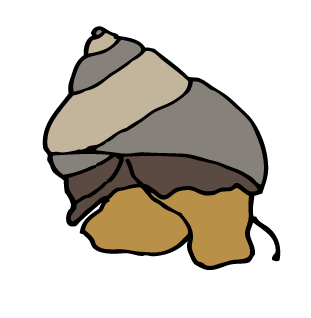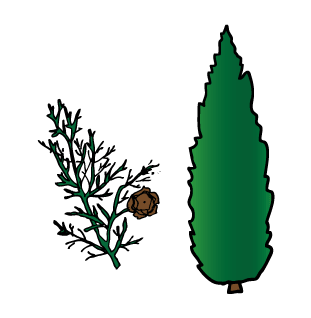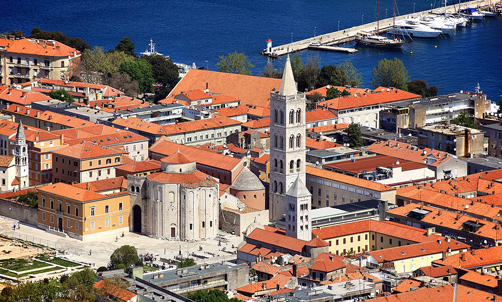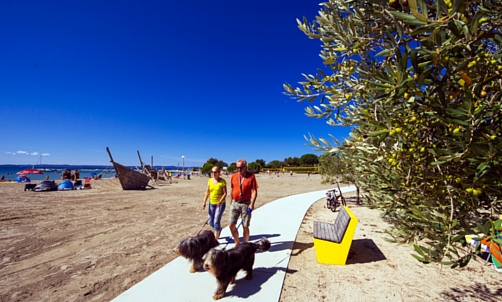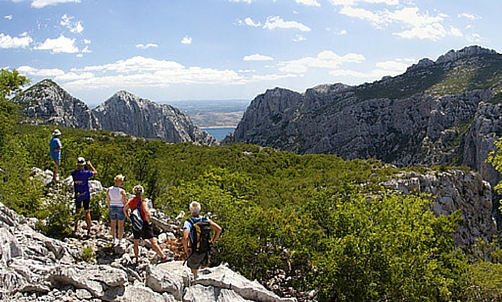Bet You Didn't Know about Nin ... Nin Once and Today

If you zoom in the map of northern Dalmatia north of Zadar, you will find a charming little place called Nin (With Zaton Holiday Resort right next to it.)
Just by looking at its size, you might be surprised to know that it’s, in fact, a town - a town with a fascinating millennia-old story of turmoil and revival. So, check out the tale of Nin and be in the know when you visit it the next time:
An important town … from ancient history onwards
Follow the archaeological path of Nin! Founded by the ancient tribe Liburnians, Nin became one of the most important Roman towns and ports on the Adriatic coast. The traces of its Roman past are manifold and include a large Roman temple, remains of an urban villa and the underwater site of an ancient harbour in Zaton (which can be visited by a semi-submarine from the resort), all of which testify to its urban development so early on.
A seat of early Croatian kings and dukes
Defying the test of time over and over again, century after century! Just as Nin is here to stay, so were the Croatian tribes upon their arrival. Having come to Dalmatia in the 7th century, they made Nin the seat of the kings and dukes.

As you walk to the town from the resort, you cannot miss the Church of St Nicholas on the hillock in the midst of Prahulje field along the way. It’s the place where seven kings are believed to have been crowned, the place with one of the loveliest sunsets in the region. Before you enter the historical core of Nin over the old bridge, you are welcomed by the statue of Duke Branimir, the Croatian ruler whose reign was marked by the first official recognition by the Pope. As you are crossing the bridge you will notice the replica of the ancient navy boat Condura Croatica used by Croatians a millennium ago. The original is on display at the Museum of Nin Antiquities.
Queen’s beach
Walk the royal walk along the shore in Nin! The town is famous for its long sandy Queen’s beach (Cro. Kraljičina plaža) which is said to have been a favourite with Croatian royalty so many centuries ago. So, when you walk barefoot along the beach that has made it to the lists of the most beautiful beaches in the world, remember that you are, in fact, tracing the footsteps of the first Croatian Queen, the wife of King Tomislav.
Gregory of Nin’s legacy
Make a wish … as you’re holding the golden big toe on the statue of Gregory of Nin! Made by the renowned Croatian sculptor Ivan Meštrović, the statue pays tribute to the bishop of Nin who lived during the reign of King Tomislav more than a millennium ago. A famous advocate for the use of common spoken language as well as the old Slavic script Glagolitsa, Gregory has become a symbol of national pride.

The magic of the Church of the Holy Cross
Gregory of Nin’s statue might take only your imagination to the time long past, but the spirit of the past can truly be felt at the Church of the Holy Cross. Built just before the time of Gregory of Nin, the church has withstood the test of time and remained in its original state for more than a millennium. It was built in such a way that it serves as a sun calendar and the play of light you can experience in its interior is truly magical.
A pinch of salt … literally
What is in those grains of salt that make our food so delicious? In Nin, it’s years and years of tradition. Judging by the ancient Roman remains found at Nin Saltworks, salt production goes way back in this town. So, when you pay a visit to the Salt Museum, you not only have the opportunity to buy a first-class element for your cooking, but also learn about the fascinating tradition of salt production once and now.
Small yet mighty
The charming little town of Nin captivates you with its tranquility, romance and beauty. Still, a whole new story unfolds itself as you walk its streets, see the sights and learn about its history. It’s a tale of struggle and survival, a tale of Nin … once and now.


